
Should I have my dog or cat desexed?
It is a mandatory requirement from the Dog and Cat Management board for every dog or cat born after 1 July 2018 to be desexed by 6 months of age or within 28 days of new ownership (whichever is the later) unless exempt by a vet.
Desexing reduces the desire for dogs and cats to roam, reducing the risk of your pet escaping and becoming lost. Research has shown that desexing your dog or cat reduces territorial and aggressive behaviour, whilst not changing your dog or cats personality. It settles them down and makes for a more contented pet.
Should I have my dog or cat microchipped?
It is compulsory for all dogs and cats in South Australia to be microchipped by 12 weeks of age, unless exempt by a vet. Microchipped animals carry with them a permanent identification and can be reunited with their owners much sooner.
Please note that it is the pet owner's responsibility to ensure their details are kept up to date on DACO. Please be aware that microchipped dogs are still required to wear a current registration disc.
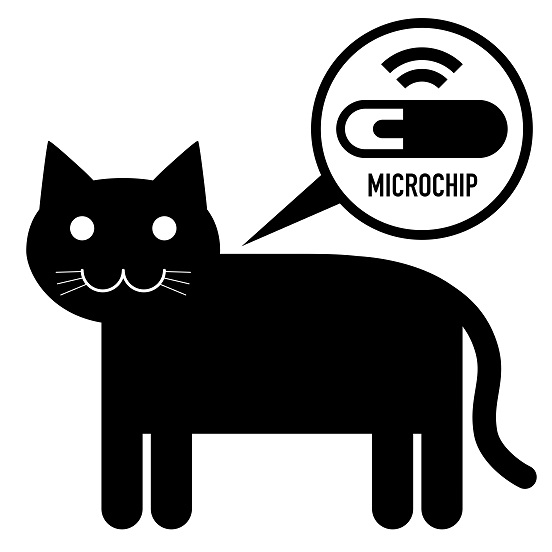
Where can I get my dog or cat microchipped?
Your local vet is a great place to visit to get your furry friend chipped.
Alternatively visit www.chipblitz.com to find see if there is a session near you. All bookings for these sessions must be made on the Chipblitz website.
I'm thinking about getting a pet, what do I need to know?
Getting a new pet is a big responsibility. Most dogs and cats can live up to 10+ years so you need to make sure that it's not a phase you will grow out of once the pet isn't a cute little puppy or kitten anymore.
A good idea is to become a foster parent to an animal before you make the big step of buying one to see how a furry friend can fit into your families lifestyle while at the same time helping out an animal in need. Visit these websites to get an idea of how to become a foster parent
- https://www.rspcasa.org.au/support/foster-care/
- https://awl.org.au
- https://www.petrescue.com.au/library/articles/rescue-pet-foster-care
If you feel you are ready to get a new pet and are unsure of what is best suited for your family and lifestyle have a read of more information from the Dog and Cat Board.
I'm no longer able to keep my dog, what can I do?
We don't like seeing pets leave their forever home but in the unfortunate circumstance that you must say good bye to your pet here are a few options to look into.
Make your first call to the breeder, rescue, or person you originally got your pet from. Responsible breeders may assist you in finding a new home, or take the pet back to rehome themselves. Many rescues also state in their contracts that the pet can be returned to them, no matter how much time has passed.
Shelters and rescue groups often have waiting lists of people needing help to rehome their pet, so don’t expect immediate action. If you are able, offer to keep the pet at your home while the rescue group helps you find a new home. Be sure to find out the following information before surrendering your pet:
Ask what happens to your pet if they are not rehomed.
Ask if your pet will be housed in a kennel or in foster care. If your pet suffers with anxiety, it would probably be best suited to a foster care environment.
If your pet has behavioural problems, ask what measures the rescue group/shelter will take to address the problems and find a suitable home.
Ask about the care of the pet - how often will he be fed and walked.
Some of the best homes are with people who already know and like your pet. Friends and family may be willing to offer your pet a new forever or temporary home, so ask around your immediate circle and share your pet’s profile via social media.
What can I do if I am experiencing a problem with a barking dog in my neighbourhood?
Residents are encouraged in the first instance to try to solve the problem with the owner of the dog. Generally, the owner of the dog may not know it barks when they are not there. A politely worded letter or a calm discussion can resolve many issues.
If you cannot resolve the problem with your neighbour or your neighbour is not approachable, contact Council on 8555 7000. Council will then investigate further; it is likely in this instance that you will be required to complete a barking dog journal.

What can I do to help resolve nuisance barking from my dog?
Exercise is a great way to tire your dog, but don’t do this by increasing the amount of activity. For example if you walk your dog for 30 minutes a day try going on 2 x 15 minute walks, one in the morning and another in the afternoon. Allow your dog to stop and sniff anytime they want on certain walks as this will help keep your dog calm for the day rather than coming home on a high. Have a look into some enrichment toys or programs for your pup that will keep your pet busy for longer times throughout the day.
Another recommendation Council suggests is an ultrasonic bark box which is a microphone activated device that emits a piercing ultrasonic tone that dogs can hear but is silent to humans. For more suggestions contact Council during business hours on 8555 7000.
My dog is terrified of fireworks and thunderstorms.
Loud noises can be scary for pets. Dogs and cats often will not know where the loud noise is coming from and will try to escape, this can be a problem and can result in an injured or lost dog. Animals ears are also quite sensitive so a regular noise like a clap of thunder could be very loud in a dogs ear. Try some of these suggestions to help keep your dog settled
- de-sensitize your pet beforehand by playing recorded noises from fireworks and thunderstorms (this must be done in a controlled environment)
- keep your pet inside during fireworks and thunderstorms
- try to be at home with your dog or cat and comfort it if it is distressed
- if you know your pet is likely to be distressed, ask your vet to prescribe a mild sedative
- mask the noise by turning up the volume on the radio or TV
- above all, stay calm during thunderstorms as your pet (especially dogs) will be aware of you and how you react.
Some more information on dogs and loud noises.
What is a prescribed dog breed?
The following dogs are classified as described breeds:
- American Pit Bull Terrier
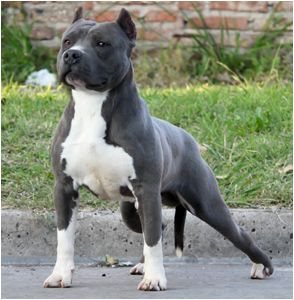
- Fila Braziliero

- Japanese Tosa

- Dogo Argentino
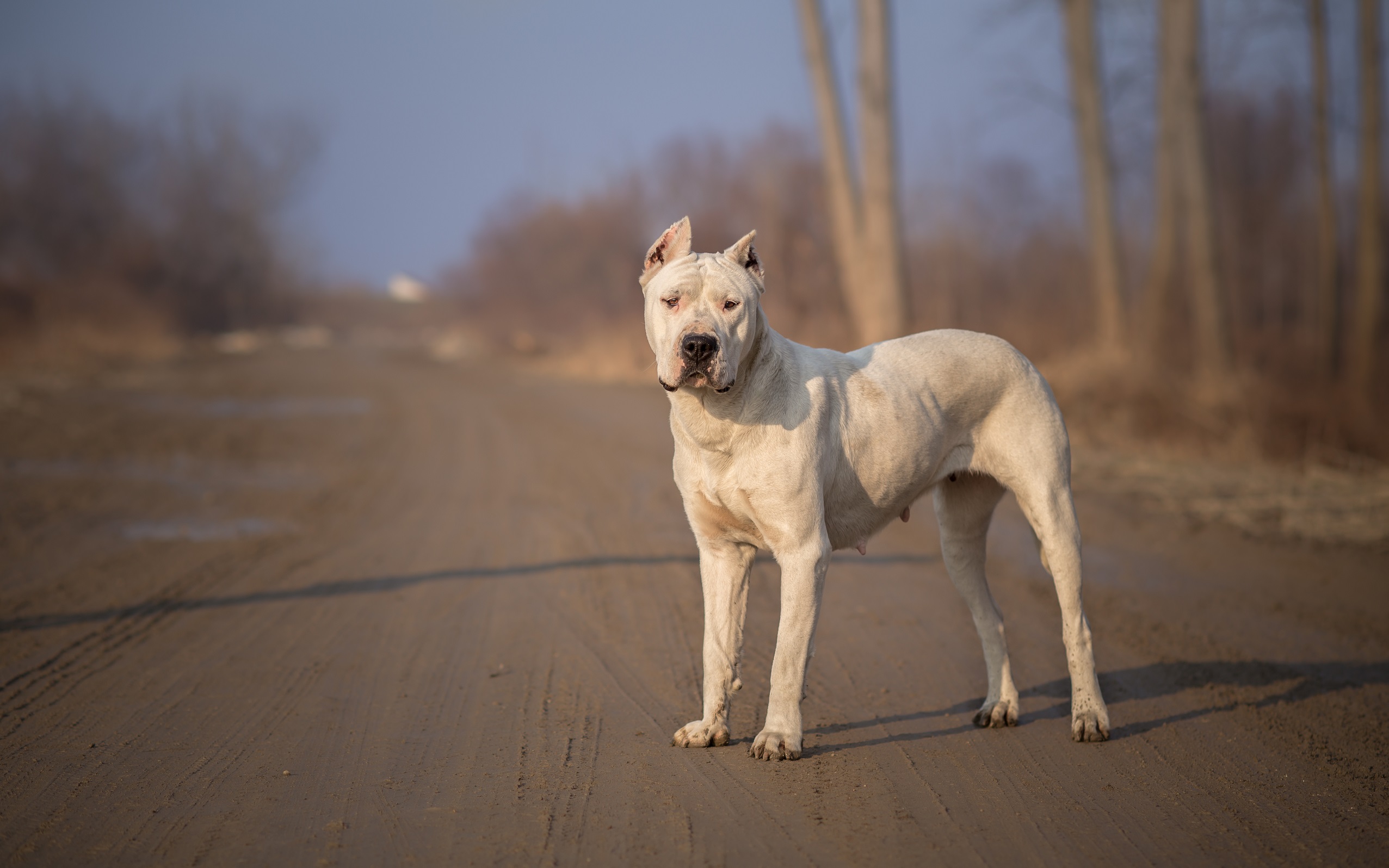
- Presa Canario
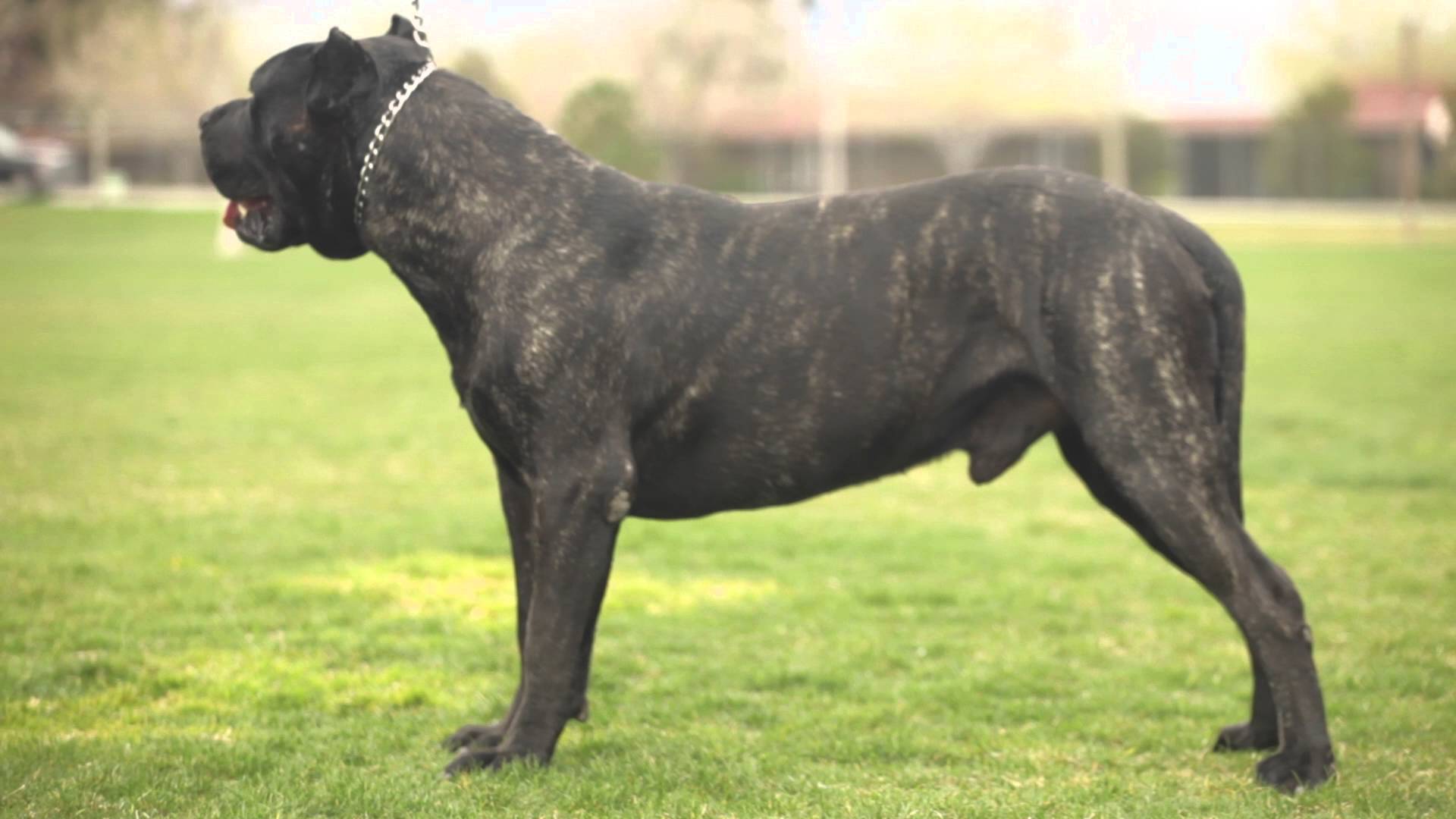
A prescribed dog means special conditions apply and extra responsibilities are carried with owning a prescribed dog, if a breach to these conditions is made than high penalties apply.
All prescribed dogs are required to be:
- Desexed
- Muzzled
- Confined to the premise of the person responsible for the dog
- Be kept on a lead no longer than 2 metres when in a place other than the responsible owners premise
- Not be sold or given away
- Not be advertised
Information on prescribed dogs.
Why is that dog wearing a red and yellow reflective collar?
A dog wearing a red and yellow reflective collar has a menacing or dangerous order against it. When in a public place these dogs must be wearing a muzzle and be on a lead no longer than 2 metres.

If you see a dog wandering the streets with a collar like this on and no responsible person nearby contact Council immediately on 8555 7000.
Do I have to have my dog on a leash?
Yes, you must have your dog on a leash of no more than two metres in all public places and in private places were you do not have the consent of the occupier to have your dog off-leash. Dogs must be on leash when walking in along all public roads and footpaths unless otherwise signposted.
For more on and off leash information visit Dogs On and Off Leash | Alexandrina Council
My cat keeps wandering, what can I do?
Cats do wander onto neighbouring properties and can cause a nuisance for some residents. At this time Council has no law to restrict cats, however if a complaint is made about a cat, the pet owner will need to make sure it is confined to their property. You can encourage your cat to stay on your own property by:
- Providing a well turned mulched area for use as an outside bathroom.
- Set up an enclosed cat run to allow your pet to run around outdoors. These can be purchased from your local pet store or online.
- Adapt your fence to encourage your pet to stay within your own yard.
- Confine your pet to being inside, or restrict your cat’s outside hours from sunrise to sunset.
- Desex your cat as this makes them less territorial and less likely to wander.
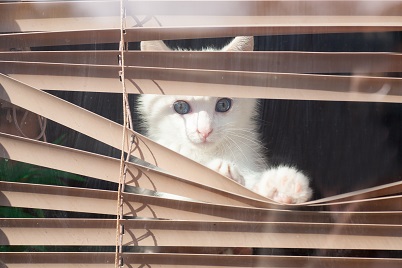
There is a nuisance cat in my area, what can I do?
If you have a cat that continues to visit your house try some of these deterrents to discourage it from returning.
- Keep the area wet – cats don’t generally like to be muddy
- Cats don’t like the smell of citrus, mustard, sprigs of rue, naphthalene flakes or citronella oil so try placing these on the ground where the cat lies or digs. Also try sprinkling some pepper
- Cat repel sprays are available from your local vet or garden nursery
- Plant cacti or prickly plants in your garden
- Spread Vaseline on your fence and posts to stop the cats from getting grip as they jump your fence
- Clean up your yard to restrict vermin and other small prey that cats hunt
- Remove potential food sources
These are just suggestions and are not guaranteed to work. Be sure to change these up regularly to continue to trick the cat as some cats might be less sensitive to different methods.
If the cat continues to persist, contact Community Safety on 8555 7000 and lodge a complaint for a nuisance cat. This process will involve a nuisance diary that must be filled out for up to 14 days.
If you are feeding a cat that is unowned, this cat is claimed as your responsibility. Council strongly discourages feeding unowned cats. 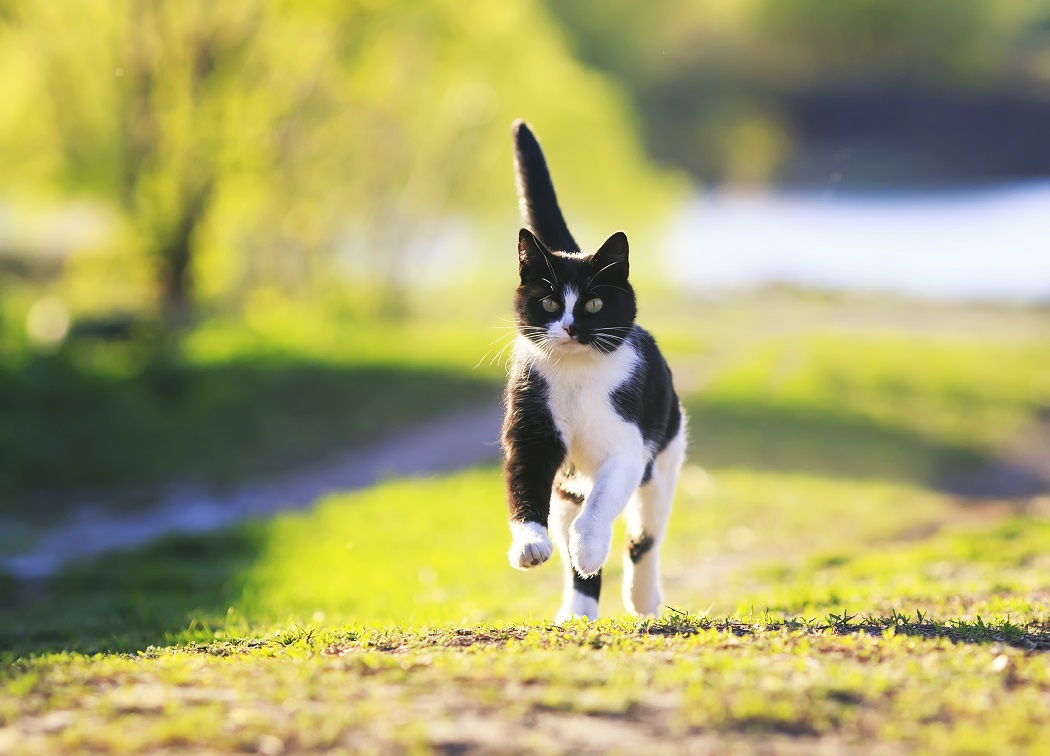
Do you have cat traps I can use?
Yes, Alexandrina Council supports responsible cat management within the community and has developed a community program to assist with the removal of feral and unowned cats within our community. Cat traps are only loaned for the genuine use of trapping a feral or unowned cat. These traps are not available for the purpose of capturing nuisance, domestic or neighbouring cats.
What am I meant to do as a responsible dog owner when my dog poos?
As a responsible dog owner you are required to collect and dispose of the poo in a sanitary manner (such as the next convenient public waste bin). As a responsible dog owner you are required to carry a dog waste bag with you when walking your dog. A fine of $312.50 can be issued if caught not carrying a dog waste bag. Council have provided a number of dog waste bag dispensers to help dog owners comply with this requirement.
